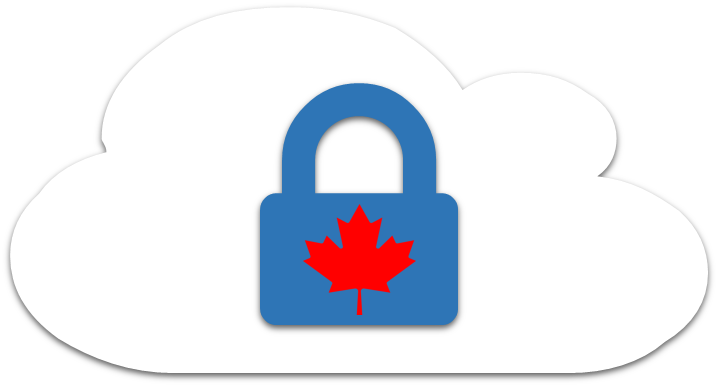Important: The GCConnex decommission will not affect GCCollab or GCWiki. Thank you and happy collaborating!
Difference between revisions of "Secure Remote Work Technical Considerations"
| Line 55: | Line 55: | ||
*Place IoT devices on a separate router or VLAN. | *Place IoT devices on a separate router or VLAN. | ||
*Double check which device address' are connecting to the router if possible. | *Double check which device address' are connecting to the router if possible. | ||
| − | + | *Use WPA2 or WPA3 security instead of WEP if possible. | |
| + | *Disable guest-network features. | ||
| + | *If possible use an ethernet cable to connect directly to the router. This provides typically better performance and increased security. | ||
| + | *Disable WPS (Wi-Fi Protected Setup). Tools can be used to leverage this feature in order to steal passwords. | ||
| + | *Disable SSID broadcasting. This allows your network to become discoverable by those especially in range of the router. | ||
| + | *On occasion reboot the router. (weekly, monthly, etc...) | ||
For more information, check out this [https://www.cyberscoop.com/dns-hijacking-covid-19-oski-bitdefender-telework/ CyberScoop report]. | For more information, check out this [https://www.cyberscoop.com/dns-hijacking-covid-19-oski-bitdefender-telework/ CyberScoop report]. | ||
Revision as of 09:10, 14 April 2020
| Overview and User Considerations | Secure Remote Work Technical Considerations | Secure Use of Collaboration Tools |
|---|
What is Remote Working?As cloud technology, collaborative applications and internet connectivity increase, remote working is becoming more prevalent than ever before. Remote work is often done through the following ways:
Threats and Challenges posed by Remote WorkingBy connecting via the internet to potentially classified or sensitive applications or data, there are threats to the safety and security of that information. Security issues may include:
Recommended Security MeasuresAs the employee will be connected via the internet to potentially classified data and applications it is important that measures are taken to reduce the risk of a security breach. Some helpful considerations to implement include:
Home Network HardeningOut of the box, most routers have generic passwords, are out of date, and often contain exploits that can easily be used to intercept, manipulate and store network traffic. However, there are a number of actions that you can take to mitigate these security issues at home. The following were taken from a CyberScoop report that details measures to protect home networks.
For more information, check out this CyberScoop report. References
|

